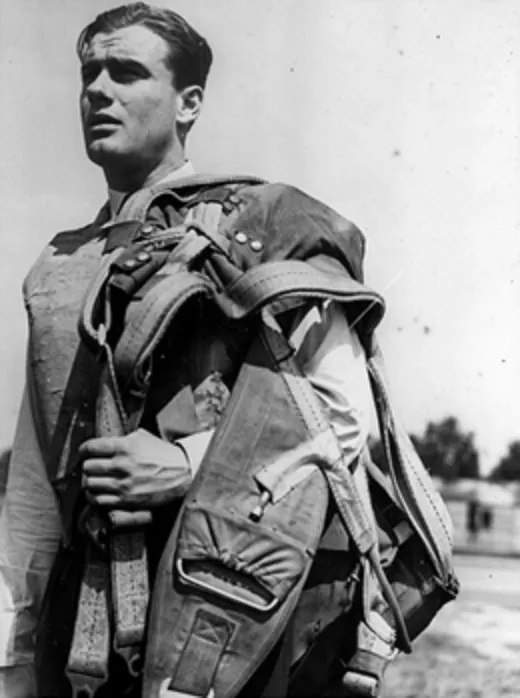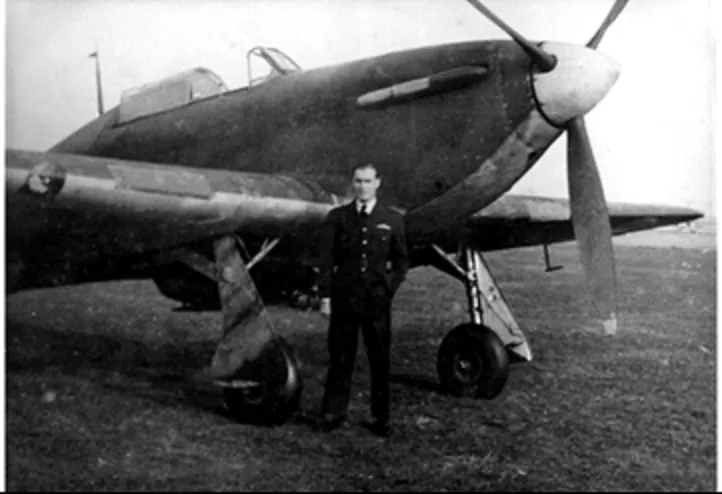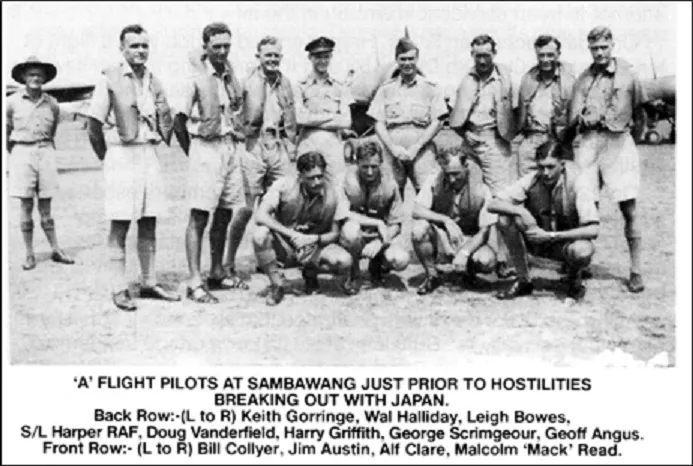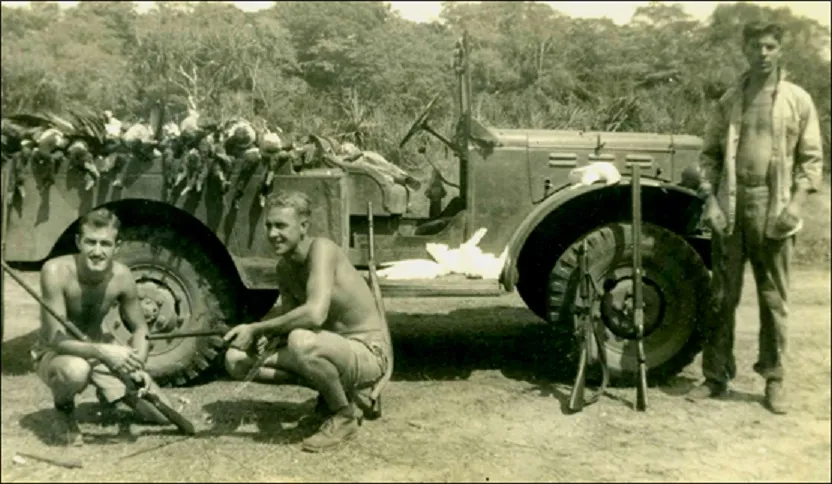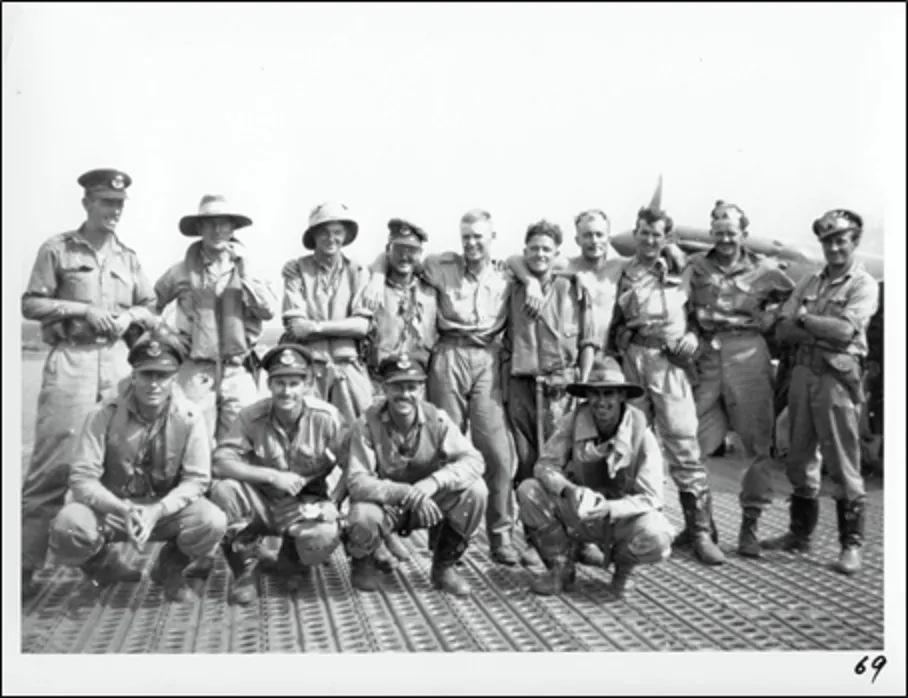SQNLDR Richard Douglas Vanderfield 402068
DFC
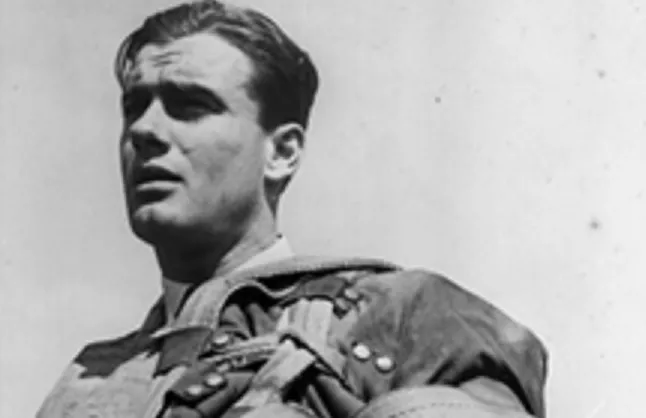


| Squadron/s | 453 SQN 2 OTU 76 SQN 79 SQN 110 MFCU 258 SQN RAF |
| Rank On Discharge/Death | Squadron Leader (SQNLDR) |
| Mustering / Specialisation | Pilot |
| Date of Birth | 25 Nov 1914 |
| Date of Enlistment | 29 Apr 1940 |
| Contributing Author/s | Richard Vanderfield (Son) Steve McGregor The Spitfire Association |
Richard Douglas Vanderfield, or Doug as he was generally known, was born on 25.11.14 into a Sydney family of timber merchants and was a student at Newington. In his youth he was a good runner, played Rugby for Wests and enjoyed car racing.
He enlisted in the RAAF on 29.4.40 and was part of the first intake of the EFTS in Australia. He progressed to the first course of 2 SFTS at Wagga, sailed to England in November 1940 and completing training at 56 OTU at Sutton Bridge. He then flew Hurricanes with 258 Squadron from Isle of Man, Kenley and Redhill on Channel sweeps and “circuses” into occupied France.
He was then posted out to Singapore. On the way, he was used on the Takoradi Ferry, where fighters were flown in small groups across the Sahara Desert from Nigeria to Egypt and good navigation was a ‘must’ to pick up the fuelling points on the way. From Cairo a flying boat took him to Singapore via 15 hops of 2 hours or so!
Doug joined 453 Squadron in Singapore in October 1941as a flight commander, flying the obsolescent Brewster Buffalo. In the short but sharp conflict, he managed to shoot down 5½ Japanese aircraft, making him one of the highest scoring Australian pilots in the theatre and one of the first Commonwealth aces against the Japanese. On one of the last ships out of Singapore, the squadron had some luck in making it to Ceylon via Sumatra from where it was shipped back to Australia.
He became a founding member of 76 Squadron, training on Kittyhawks in Townsville for six months. Prior to them going to New Guinea he was sent down to 2 OTU at Mildura as a flying instructor and starting an association with Spitfires. With Clive Caldwell, he was involved in test flying the new Boomerang fighter and assessing it against the Spitfire and Kittyhawk.
Doug joined 79 Squadron flying the Spitfire Vc just prior to its dispatch up North in May 1943 as a flight commander. Initially based at Goodenough Is, then Kiriwina Is in the Trobriands off East New Guinea, operations included air defence, sweeps to New Britain and escorting Beauforts to attacks on Bougainville. He was acting CO of the squadron for about 3 months in early 1944.
Sent back to Australia, he attended a controller’s course in Adelaide and after 6 months as sector controller in Darwin was sent to Morotai as CO of 110 MFCU with a promotion to Squadron Leader. He was involved in the “Morotai Incident”, where 8 senior officers simultaneously resigned their commissions in protest against the way the war was being waged in the area at the time.
They were subsequently backed by General Macarthur’s air force chief, General George C Kenney, and a Royal Commission was later held into the incident. After giving evidence to the commission in Melbourne he returned to Morotai to help organise the RAAF component of the Oboe landings at Tarakan and Balikpapan. Going ashore at Balikpapan, he made a rare comment in his diary that the place was ‘completely rooted’ by the intensive bombardment.
After the War he settled down to become a timber merchant and raise a family. Regrettably, he died from a heart attack playing competition squash at the relatively young age of 57.
